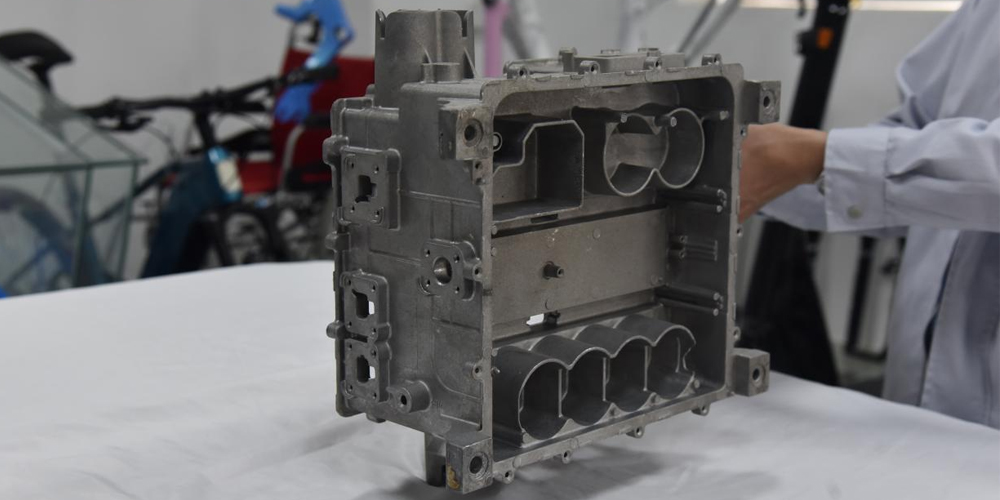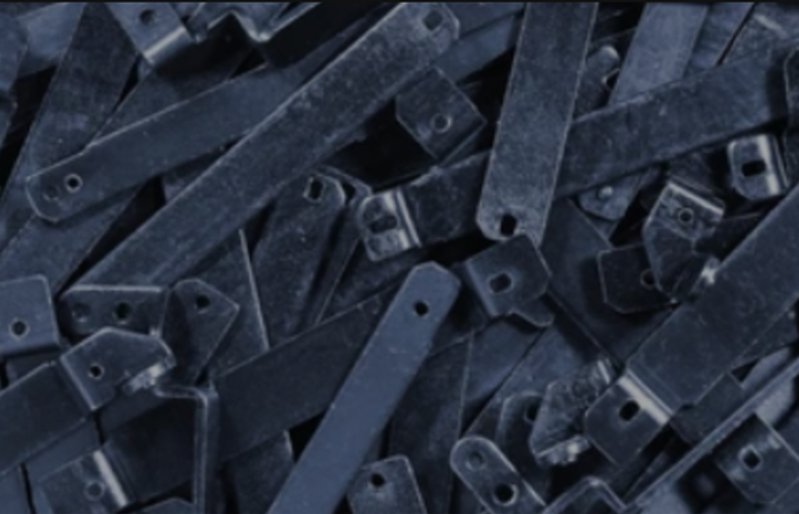Introduction:
Aluminum casting molds play a crucial role in the production of high-quality aluminum products. These molds determine the final outcome of the casting process and are essential for achieving the desired product specifications. In this guide, we will explore the key steps and best practices involved in creating high-quality aluminum casting molds while maintaining efficiency in the production process.
1. Design and Engineering:
The first step in creating high-quality aluminum casting molds is to develop a comprehensive design and engineering plan. This involves analyzing the product requirements, understanding the casting process, and considering the material properties of aluminum. The design should focus on precision, durability, and ease of use.
2. Material Selection:
Choosing the right material for the casting mold is crucial as it directly impacts the quality of the final product. Aluminum casting molds are typically made from steel or iron alloys due to their excellent strength and thermal conductivity. The selected material should have high resistance to wear and tear to ensure a longer mold lifespan.
3. Mold Construction:
The construction process of aluminum casting molds involves several steps:
a. Pattern Creation: A pattern is a replica of the desired final product. It can be made from wood, plastic, or metal. The pattern is used to create the mold cavity.
b. Mold Assembly: The pattern is embedded in a molding material, such as sand or plaster, to create the mold. Multiple-part molds are often used for complex products to ensure accurate reproduction.
c. Mold Curing: The mold is cured to strengthen its structure and ensure dimensional stability. The curing process may involve heating or chemical treatments.
4. Surface Preparation:
A high-quality aluminum casting mold requires a smooth and defect-free surface. Surface preparation involves removing any imperfections, such as burrs or uneven surfaces, to ensure accurate casting and prevent defects in the final product. Techniques like sandblasting, grinding, or polishing can be used for surface preparation.
5. Mold Coating:
Applying a suitable mold coating is essential to ensure the release of the casting without any sticking or damage. The coating should have good refractoriness, thermal shock resistance, and adhesion to the mold surface. Common mold coatings include graphite, ceramic, and water-based coatings.
6. Heat Treatment:
Heat treatment can significantly enhance the performance and durability of aluminum casting molds. It involves controlled heating and cooling processes to improve the hardness, strength, and resistance to wear of the mold. Proper heat treatment can extend the mold’s lifespan and reduce the frequency of replacements.
7. Mold Maintenance:
Regular maintenance is crucial to ensure the longevity and efficiency of aluminum casting molds. This includes cleaning, inspection for cracks or damages, lubrication, and repairs when necessary. Maintaining proper storage conditions and handling practices also contribute to mold longevity.
Conclusion:
Creating high-quality aluminum casting molds requires careful planning, attention to detail, and adherence to established best practices. By focusing on design, material selection, construction, surface preparation, mold coating, heat treatment, and maintenance, manufacturers can ensure efficient production while producing superior aluminum castings. Properly executed molds not only improve product quality but also reduce defects, increase productivity, and contribute to overall cost savings. With this guide, manufacturers can enhance their aluminum casting processes and achieve consistent high-quality results.
-

- parts&comopnents for bicycle suspension fork for MTB
-

- Piezas y componentes de fundición a presión de aleación de magnesio para bicicletas eléctricas
-

- Bicicleta eléctrica Aleación de magnesio 12 pulgadas Rueda integrada 36v10ah Ciclomotor eléctrico
-

- Factory Custom China Bmx Cycles Road Sport Kids Bicicleta 12 16 18 20 pulgadas Ciclo Mtb para niños 6-10 años
-

- Fundición a presión de aleación de magnesio Autopartes Parachoques delantero Viga anticolisión
-

- Soporte de tablero automático de mecanizado CNC

 0086-750-5616188
0086-750-5616188 +86 13392089688
+86 13392089688 sales@zhongmei-tech.com
sales@zhongmei-tech.com








